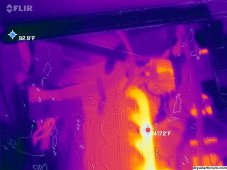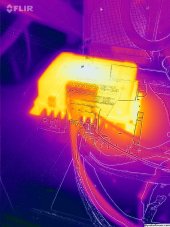It depends on the use case. In an RV where the batteries could potentially be discharged completely thereby requiring a large amount of current for several hours, a DC DC charge limiter would be highly recommended. The other issue is if the automotive alternator/regulator has the proper voltage. If not then a DC DC charger would solve this issue.
On the other hand I've installed 2 x 50Ah LFP starting batteries in a Dodge Ram, Diesel without changing anything and have had good results. Been about 3 years now. In this situation the batteries are only used for starting and are never deep cycled so the charging requirements are minimal. The output voltage of the stock alternator is 14.0 to 14.1V which is perfect for the LFP chemistry.
To be honest, the alternator did recently fail on a trip through TX but it already had 330,000 miles on it and was fine for the past couple of years so I don't think the batteries had anything to do with it.




